Sea turtles are fascinating marine creatures known for their diverse species and unique characteristics. Each species plays a crucial role in maintaining the health of marine ecosystems. Despite their importance, many sea turtle species are endangered due to threats such as habitat loss, pollution, and bycatch. Understanding the unique attributes of each species is essential for their conservation and the protection of marine biodiversity.
Leatherback Sea Turtle (Dermochelys coriacea)
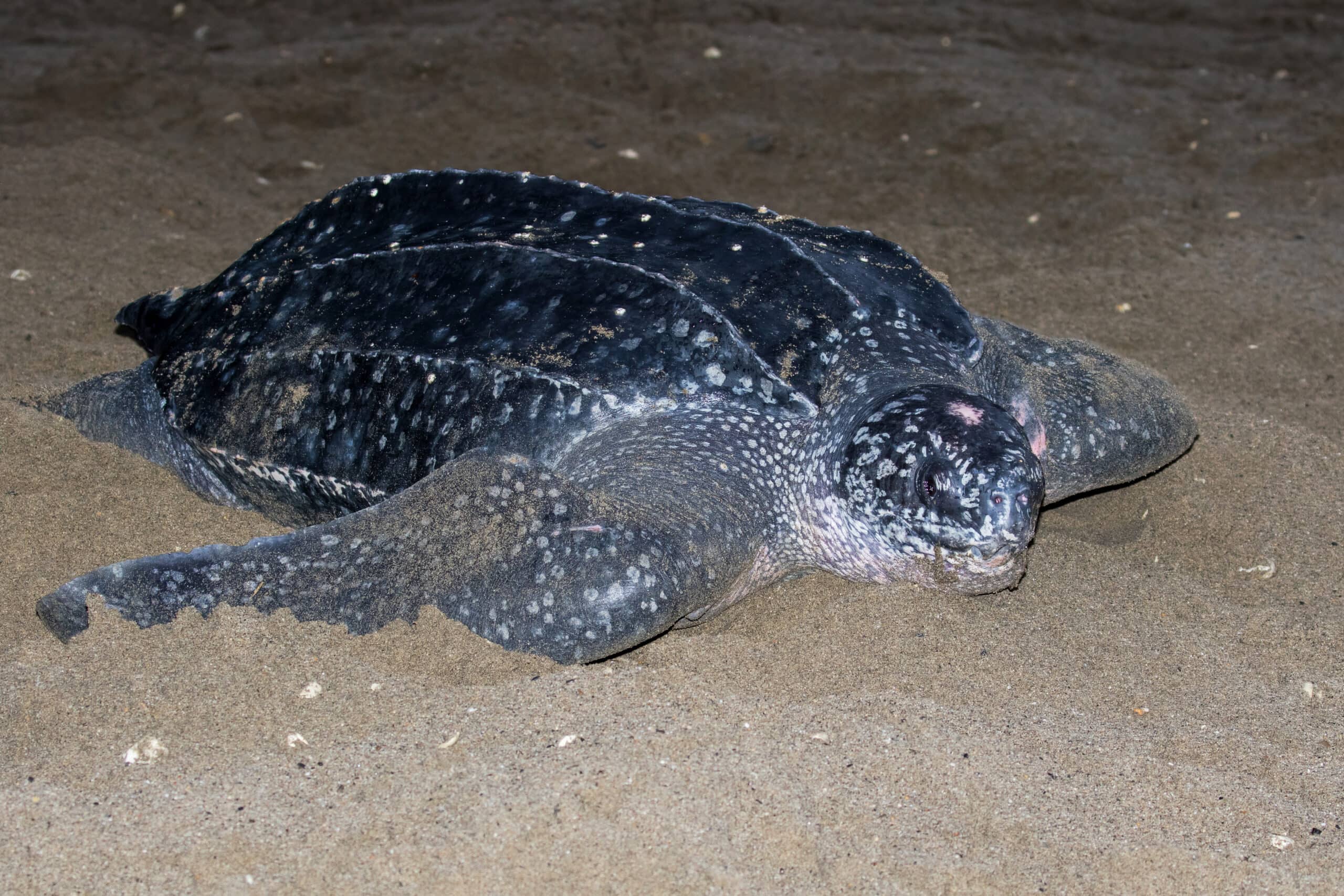
The Leatherback is the largest sea turtle species. It can grow up to 7 feet long and weigh over 2,000 pounds. Unlike other turtles, it has a leathery shell instead of a hard one. This species dives the deepest and travels the farthest among sea turtles. They primarily feed on jellyfish. Leatherbacks are known for their long migrations, sometimes crossing entire oceans. They nest on sandy beaches, often traveling thousands of miles to return to their birthplace.
Alligator Snapping Turtle (Macrochelys temminckii)
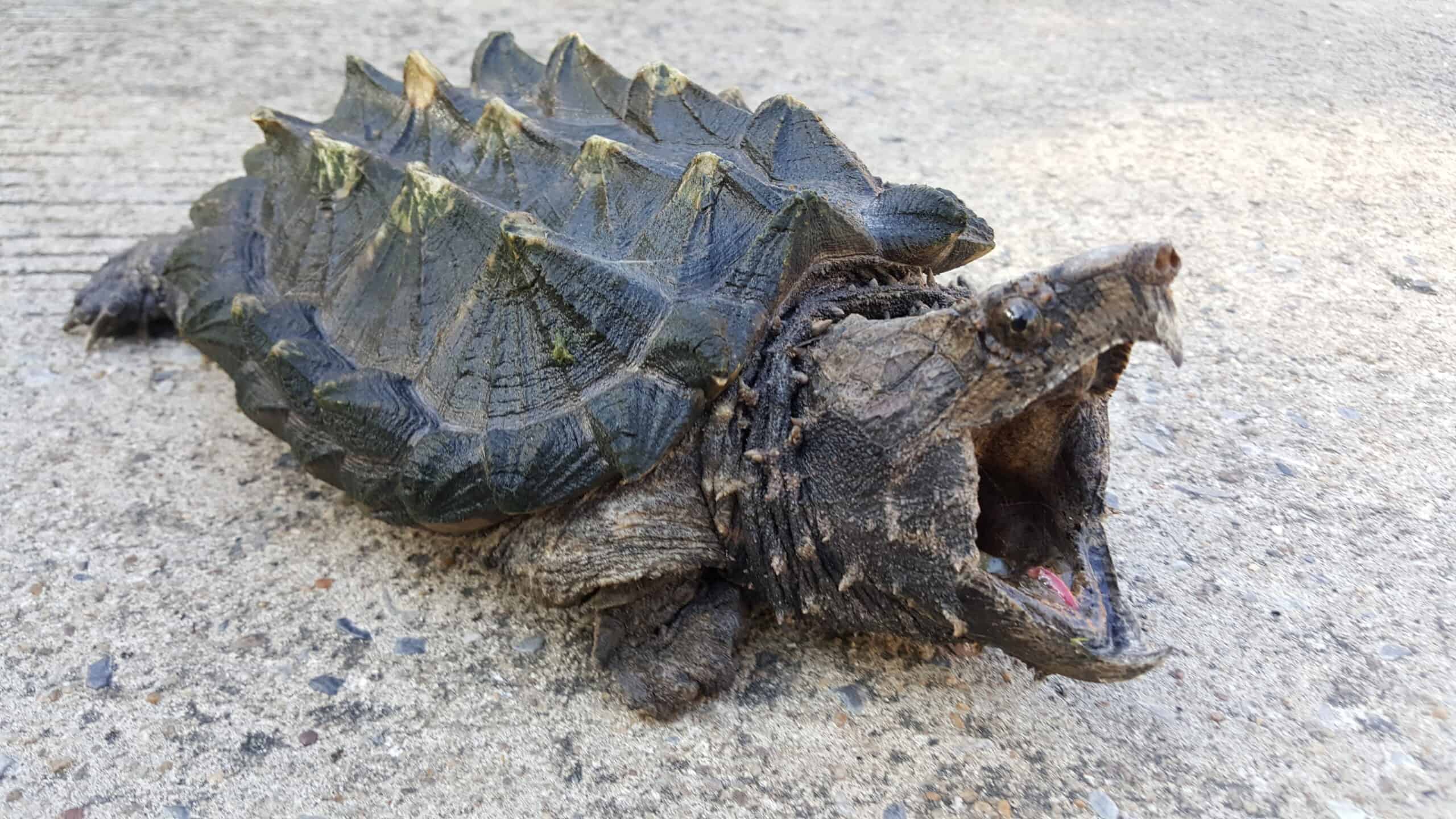
The Alligator Snapping Turtle is one of the largest freshwater turtles in the world, with some individuals weighing over 200 pounds. It has a rugged, spiked shell and powerful jaws that can deliver a strong bite. Found in the southeastern United States, it prefers deep waters of rivers, lakes, and swamps. It’s a carnivorous species, feeding on fish, frogs, snakes, and other aquatic animals. The turtle is known for its camouflaging and ambush hunting technique, using a worm-like appendage on its tongue to lure prey.
Diamondback Terrapin (Malaclemys terrapin)
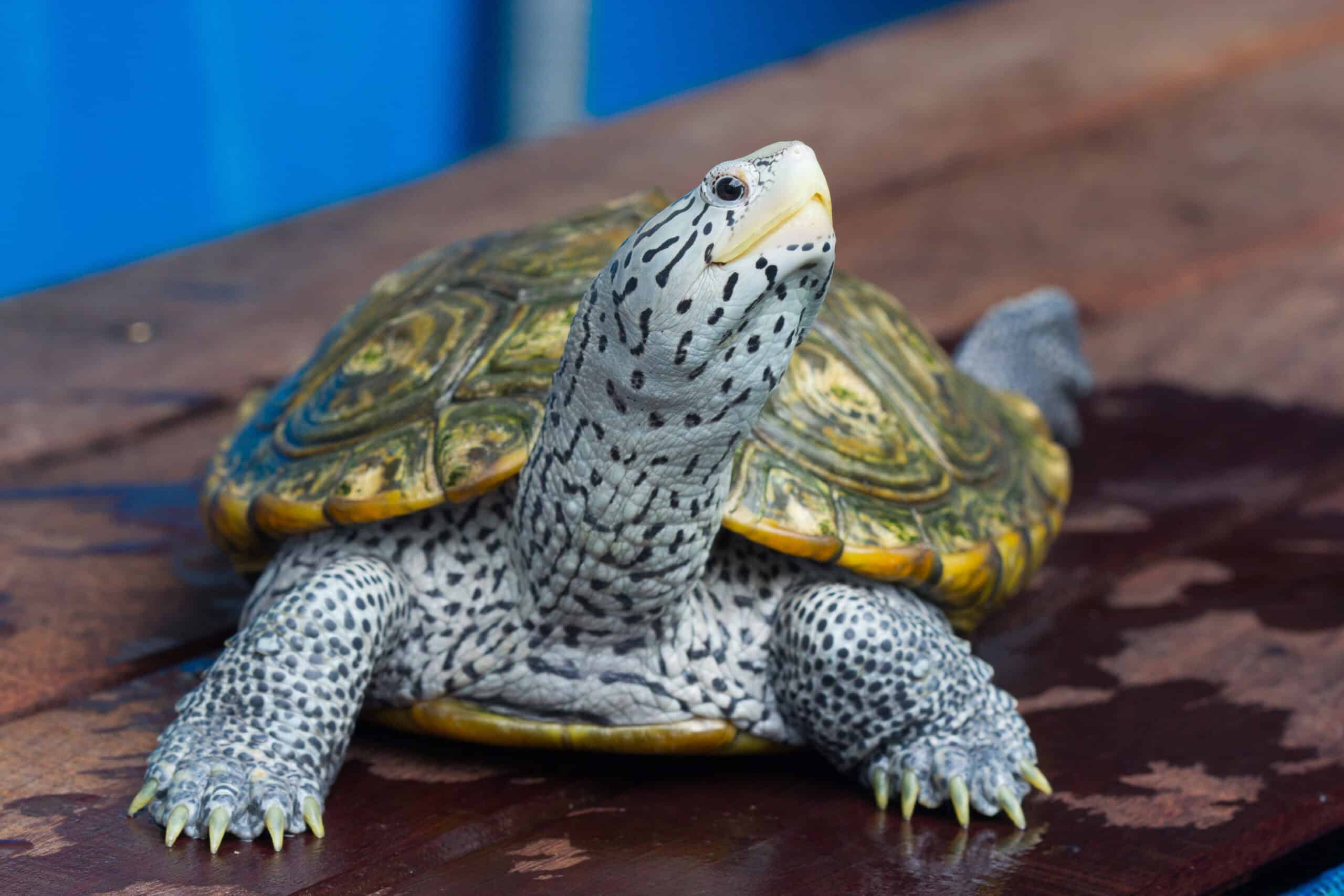
The Diamondback Terrapin inhabits coastal marshes, estuaries, and tidal creeks. It has a unique diamond pattern on its shell, which varies in color from gray to black. Found along the U.S. Atlantic and Gulf coasts, it’s adapted to brackish water environments. Its diet consists of mollusks, crustaceans, fish, and other marine animals. The terrapin is an excellent swimmer, with webbed feet and a strong, streamlined body. It faces threats from habitat loss, pollution, and crab traps.
Wood Turtle (Glyptemys insculpta)
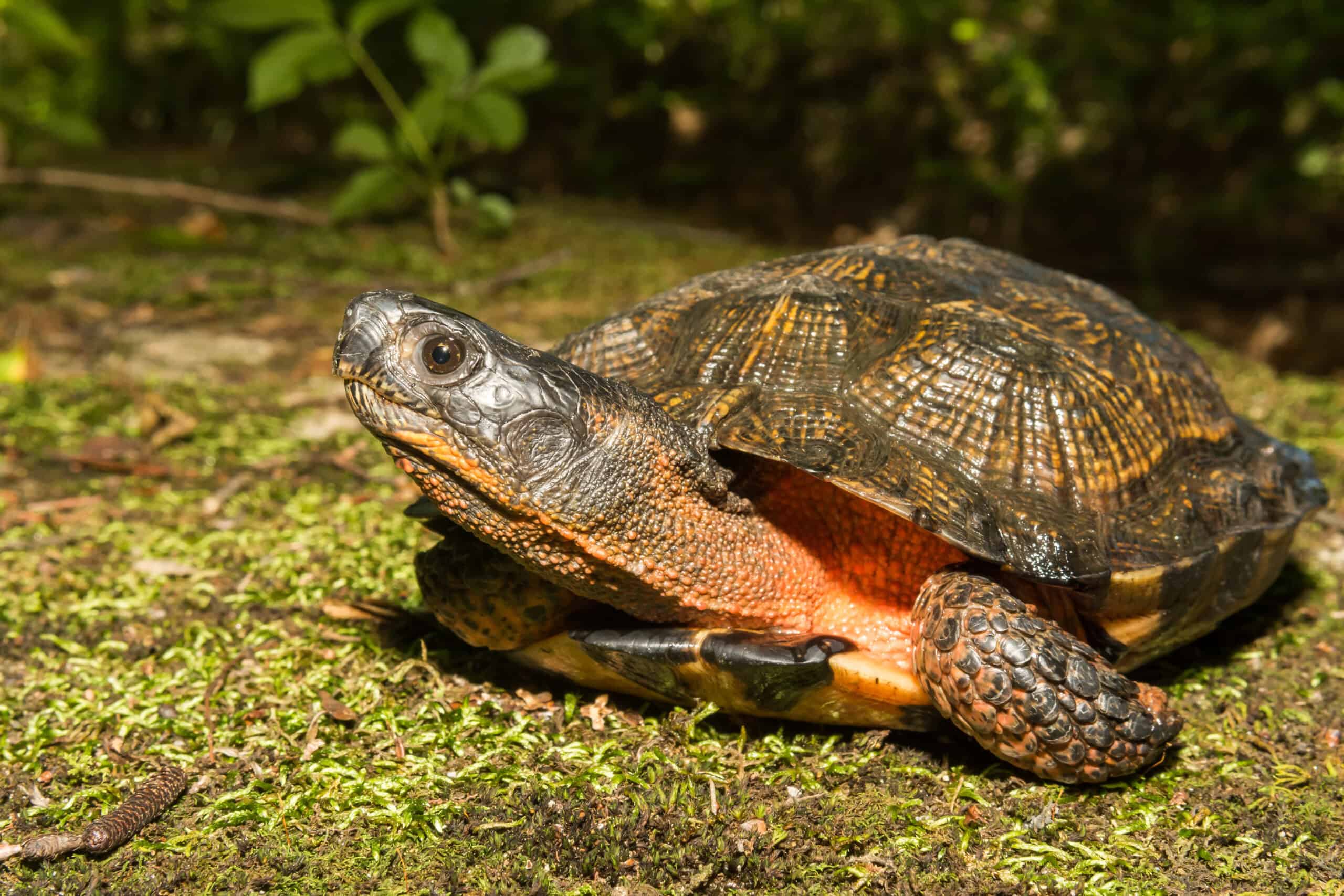
The Wood Turtle lives in North America’s northeastern regions. It prefers rivers and streams with forested banks. Its shell is rugged and brownish-gray, with a sculpted, rough texture. It can live up to 40 years in the wild. This turtle is omnivorous, eating a variety of plants, insects, and small fish. The Wood Turtle is diurnal, being most active during the day. It hibernates in the winter, often in the muddy bottoms of streams. Mating occurs in spring and fall, with females laying eggs in sandy or loamy soil.
Green Sea Turtle (Chelonia mydas)
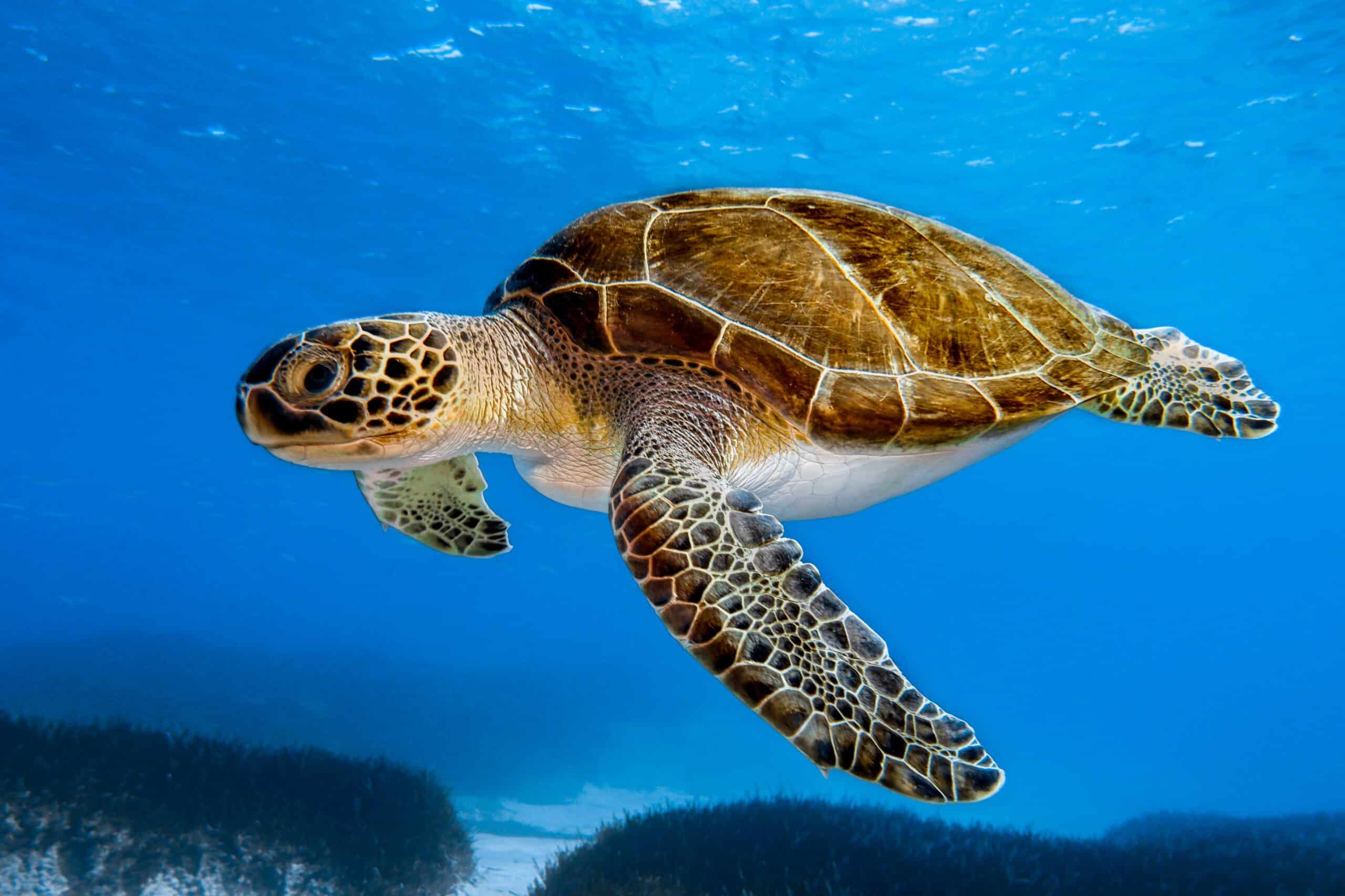
Green Sea Turtles are named for the green color of their body fat. They primarily eat seagrasses and algae, making them important for marine ecosystems. Adults can grow up to 5 feet long and weigh up to 700 pounds. They are found in tropical and subtropical waters worldwide. Green Turtles have a unique nesting behavior. Females return to the same beaches where they were born to lay eggs. Their diet helps maintain healthy seagrass beds, crucial for other marine life.
Eastern Box Turtle (Terrapene carolina carolina)
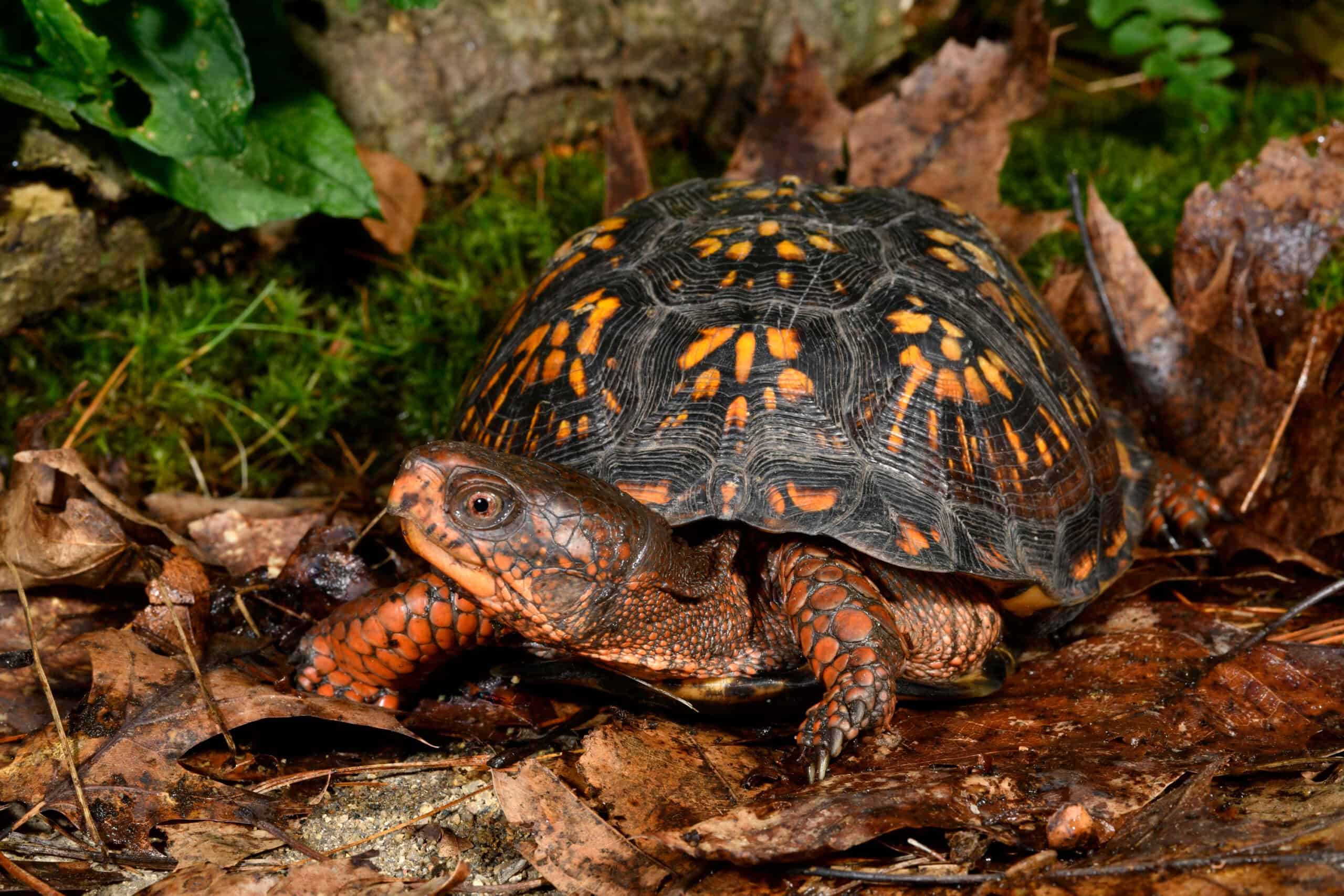
The Eastern Box Turtle has a domed shell with a hinged plastron, allowing it to fully close its shell for protection. It is found in the eastern United States, inhabiting forests, meadows, and open woodlands. It can live up to 100 years, making it one of the longest-living turtle species. Its diet includes berries, insects, fungi, and other small invertebrates. It’s known for its slow movement, which contrasts with its strong homing instinct. The turtle is often seen after rain, as it becomes more active in moist conditions. Despite being a popular pet, it requires specific care to thrive in captivity.
Hawksbill Sea Turtle (Eretmochelys imbricata)
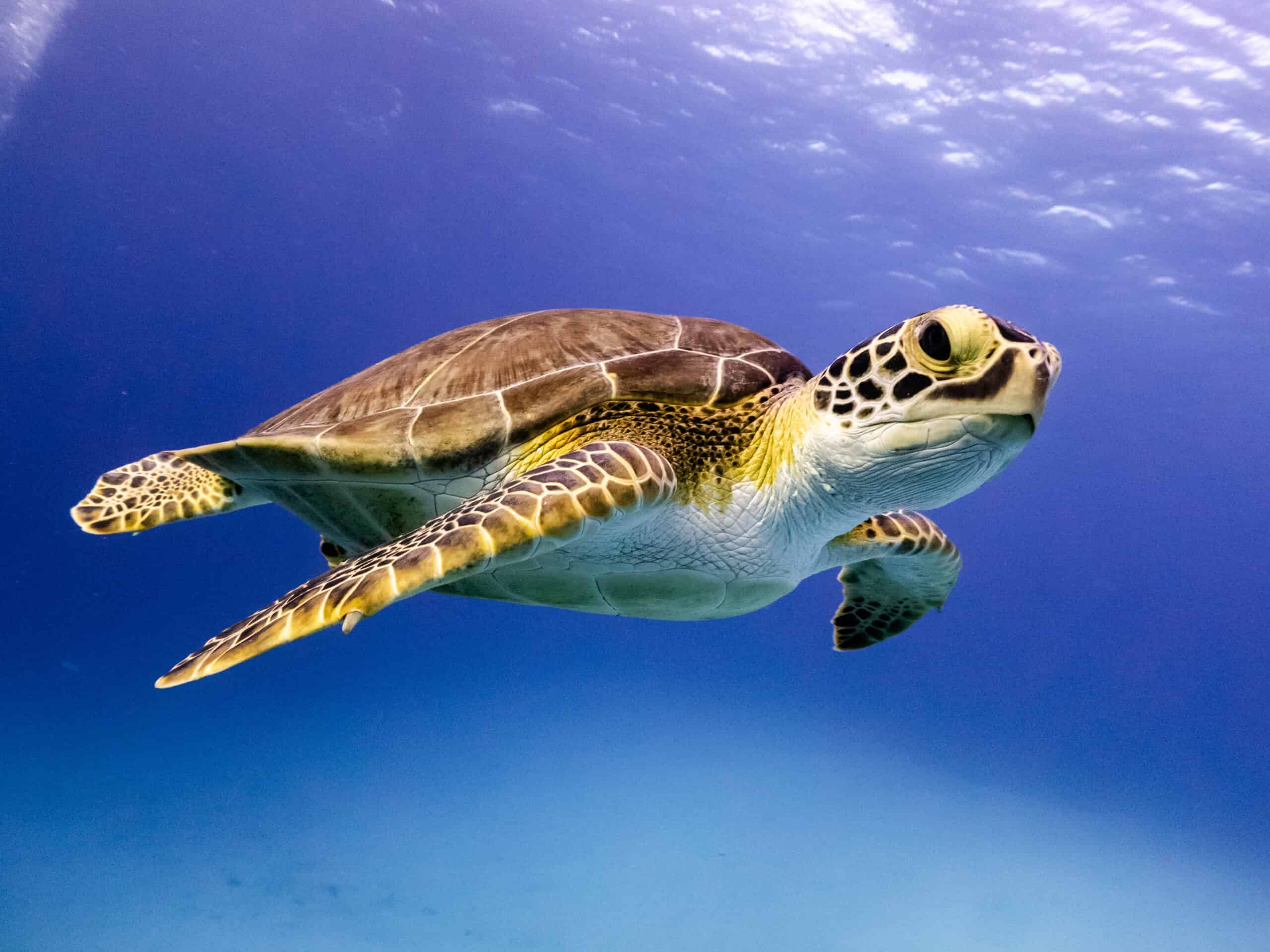
Hawksbill Turtles are easily recognizable by their narrow, pointed beak. They have a beautifully patterned shell, often sought after in the illegal trade. These turtles primarily feed on sponges found in coral reefs. They play a vital role in maintaining the health of reef ecosystems. Hawksbills are critically endangered due to habitat loss and illegal hunting. They prefer nesting in secluded, sandy beaches. Educating local communities about their importance is also crucial for their survival.
Loggerhead Sea Turtle (Caretta caretta)
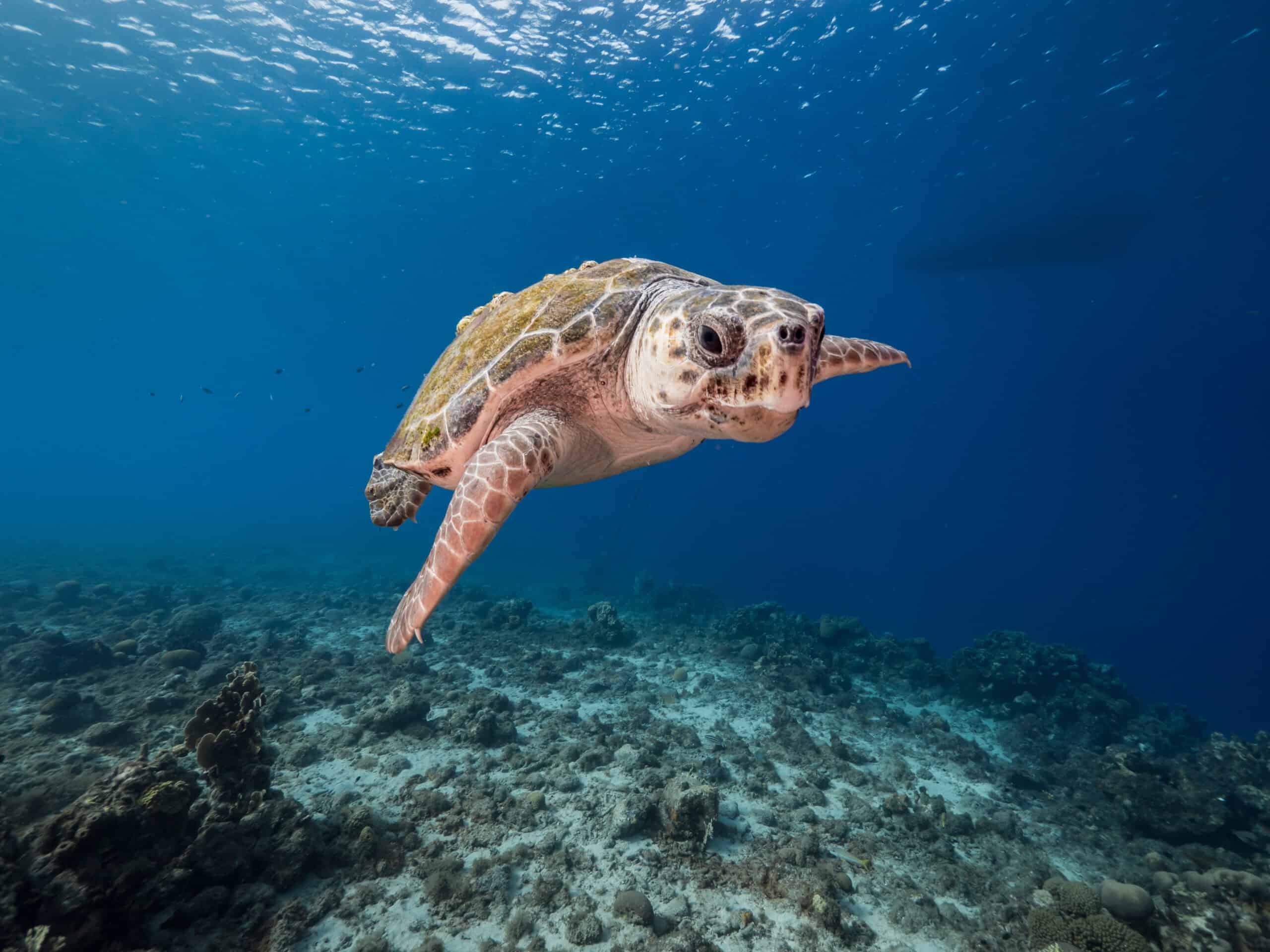
Loggerhead Turtles have large heads and strong jaws, ideal for crushing hard-shelled prey. They can grow up to 3 feet long and weigh up to 400 pounds. Found in oceans worldwide, they prefer coastal habitats. Their diet includes crabs, mollusks, and jellyfish. Loggerheads are known for their extensive migrations. Females return to the same nesting beaches every few years. They face threats from bycatch in fishing gear, habitat destruction, and climate change.
Kemp’s Ridley Sea Turtle (Lepidochelys kempii)
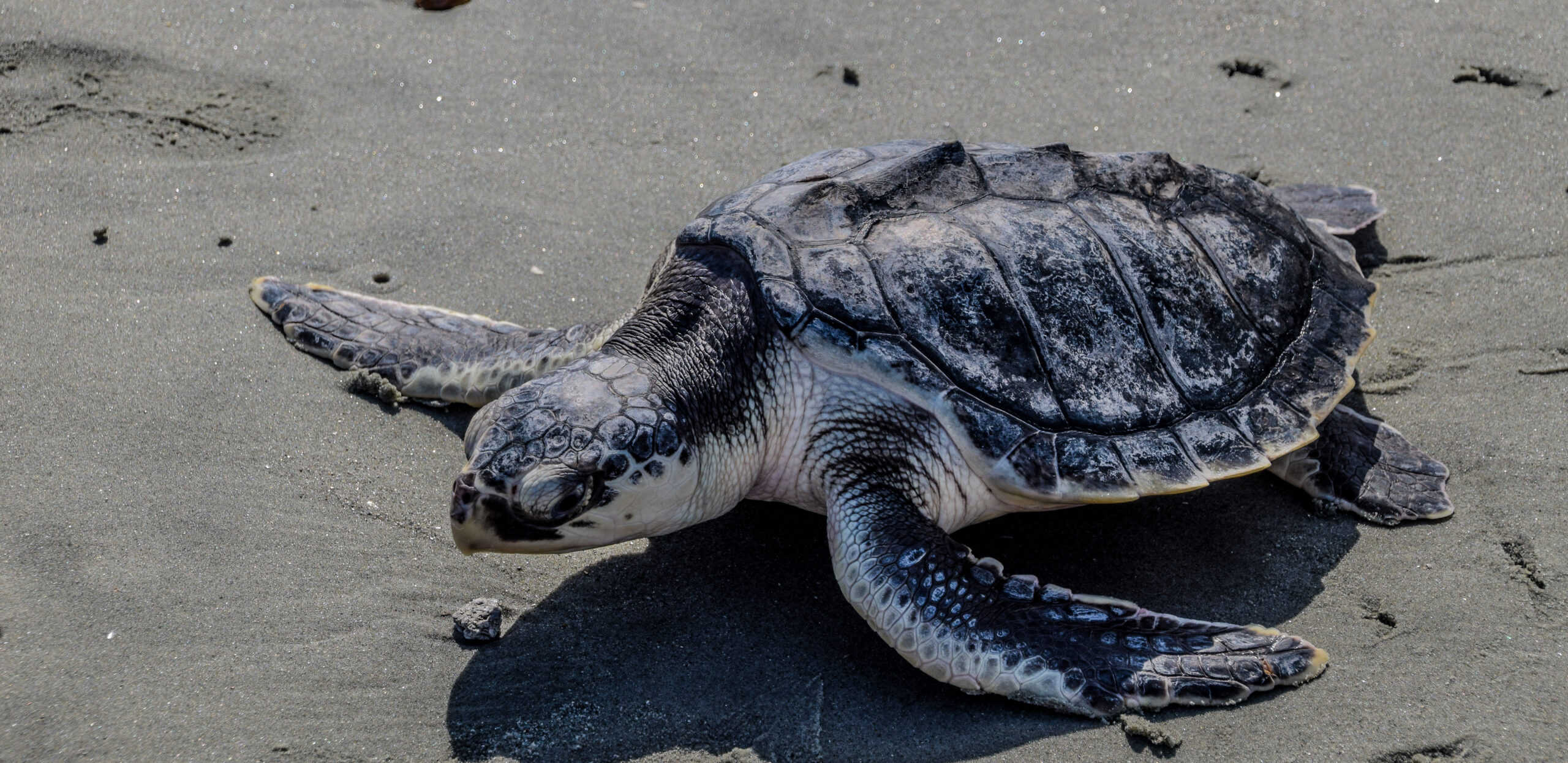
Kemp’s Ridley is the smallest and most endangered sea turtle species. It has a unique nesting behavior called arribada, where thousands of females come ashore simultaneously to lay eggs. They are found primarily in the Gulf of Mexico. Hatcheries play a significant role in boosting their population. Public awareness campaigns are also crucial in promoting their protection. Despite challenges, these efforts have shown positive results in increasing their numbers.
Bog Turtle (Glyptemys muhlenbergii)
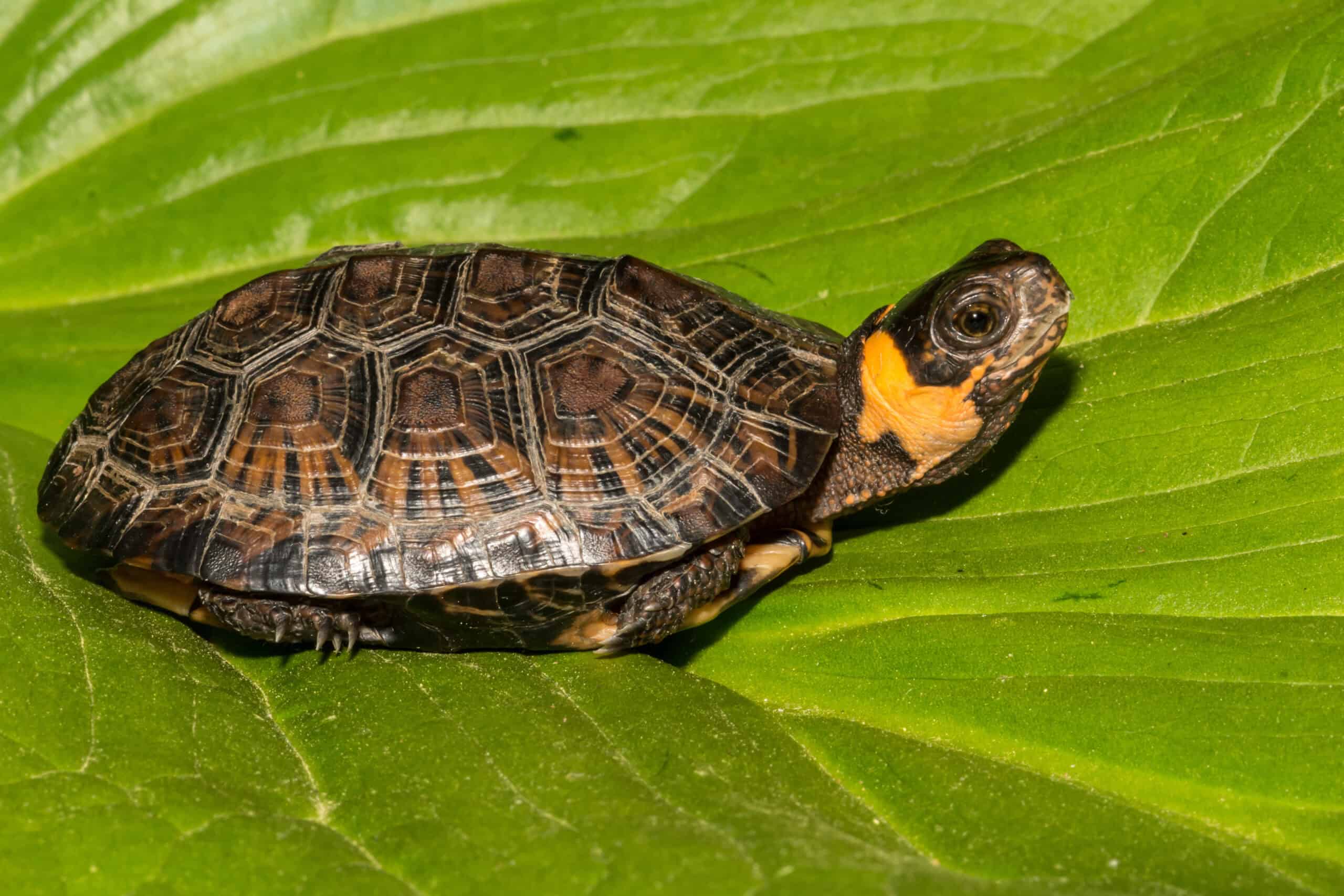
The Bog Turtle is the smallest turtle in North America, measuring only 3-4 inches in length. It has a distinctive yellow-orange spot on each side of its head. This turtle prefers wetland habitats, such as bogs and wet meadows. It feeds on insects, snails, slugs, and various plants. The Bog Turtle is active from April to October, spending much of its time buried in mud. It hibernates in winter, often in the roots of tussocks or burrows. It’s a shy and secretive species, making it difficult to study. It’s critically endangered due to habitat destruction and illegal pet trade.
Olive Ridley Sea Turtle (Lepidochelys olivacea)
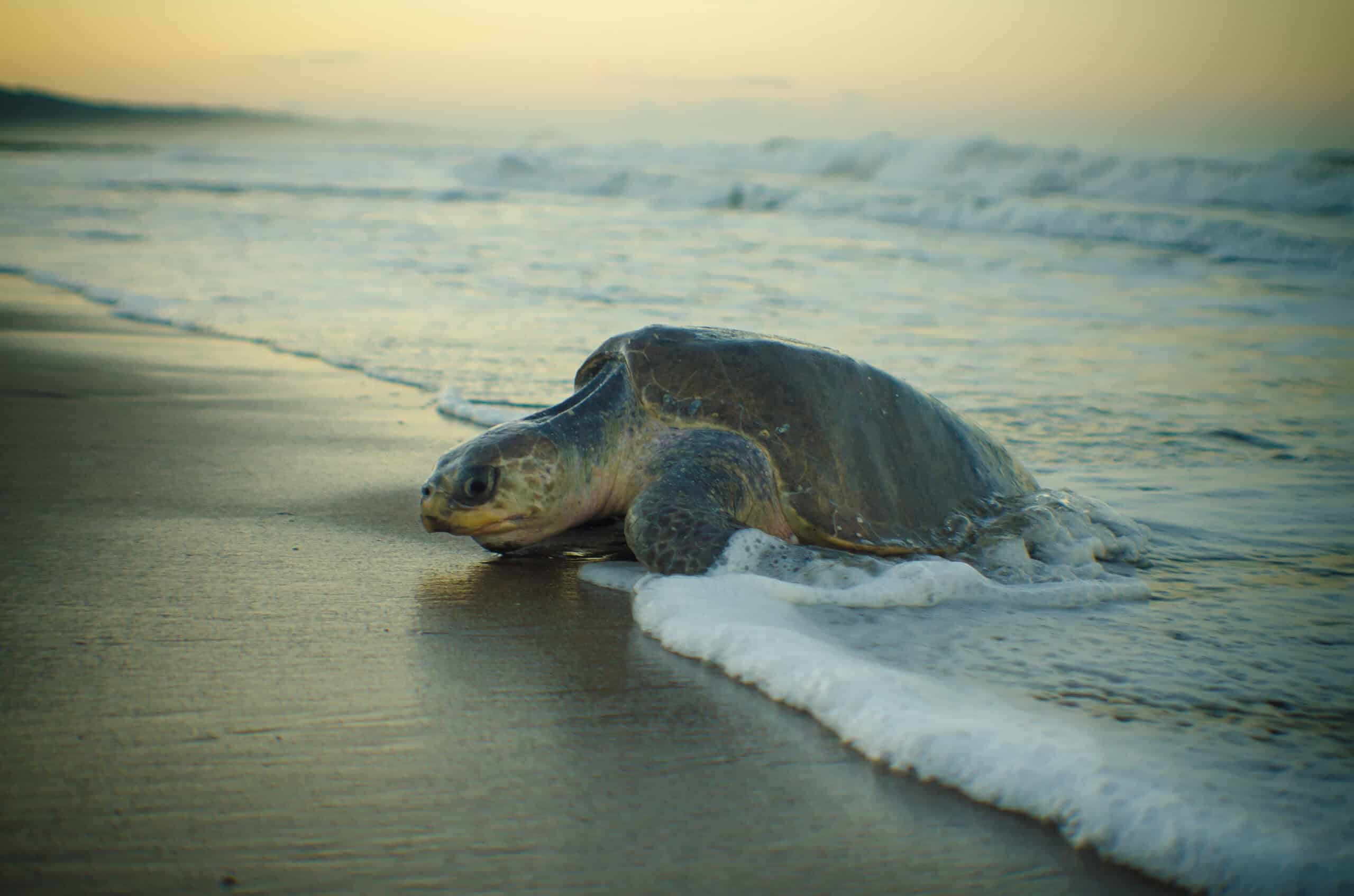
Olive Ridleys are slightly larger than Kemp’s Ridleys. They also participate in arribada nesting events. Found in warm waters of the Pacific and Indian Oceans, they are one of the most abundant sea turtle species. Conservation programs for Olive Ridleys focus on protecting their nesting sites. Reducing bycatch and illegal harvesting is also essential. Their population is relatively stable, but ongoing protection is necessary.
Flatback Sea Turtle (Natator depressus)
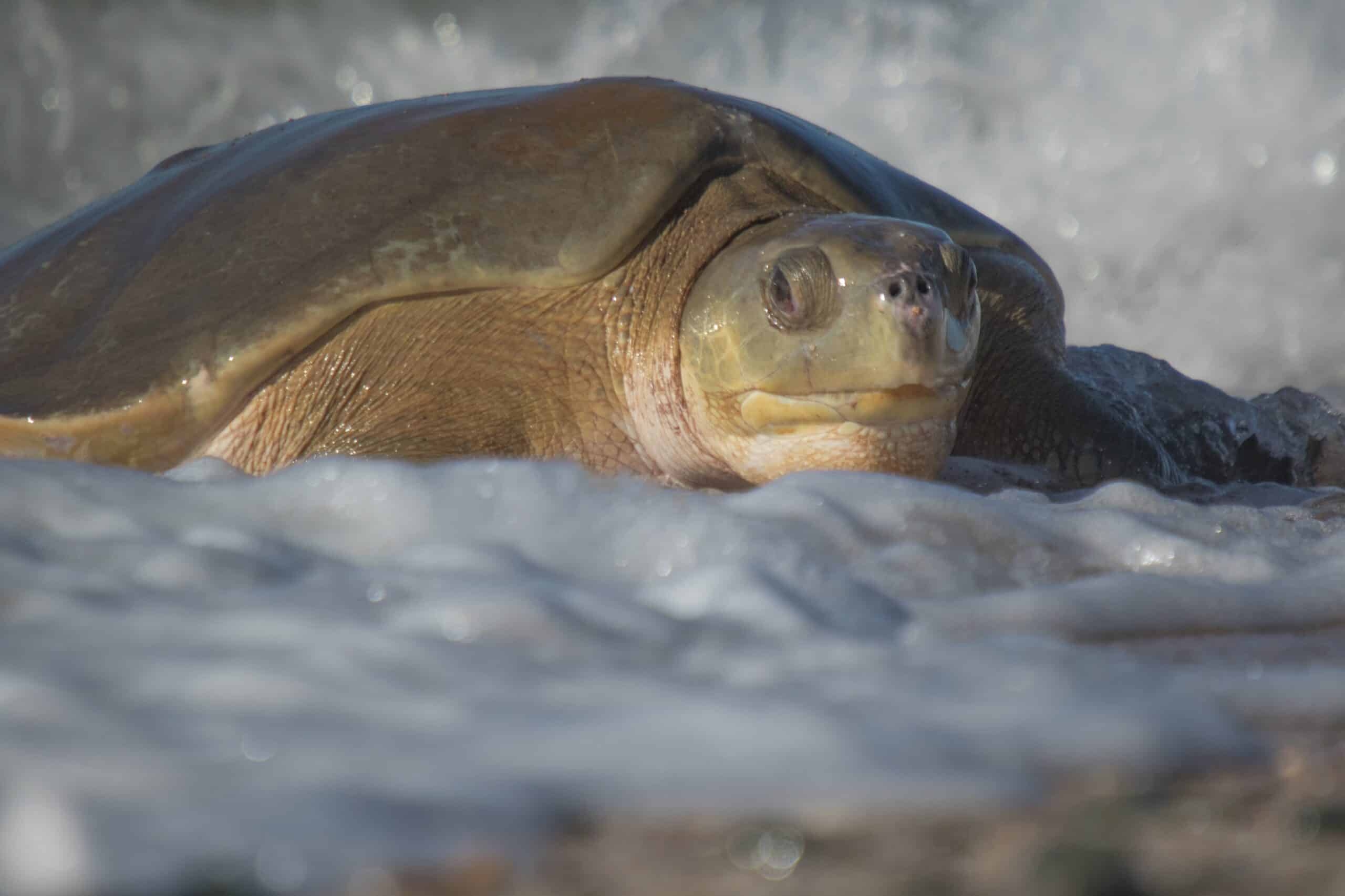
Flatback Turtles are unique to the waters around Australia. They have a distinct flat shell and prefer shallow coastal waters. Their diet includes a variety of marine invertebrates, such as sea cucumbers and soft corals. Flatbacks face fewer threats than other sea turtles, but habitat destruction and bycatch are concerns. They nest on sandy beaches and are an important part of the coastal ecosystem. Conservation efforts in Australia focus on habitat protection and monitoring their populations.
Spotted Turtle (Clemmys guttata)
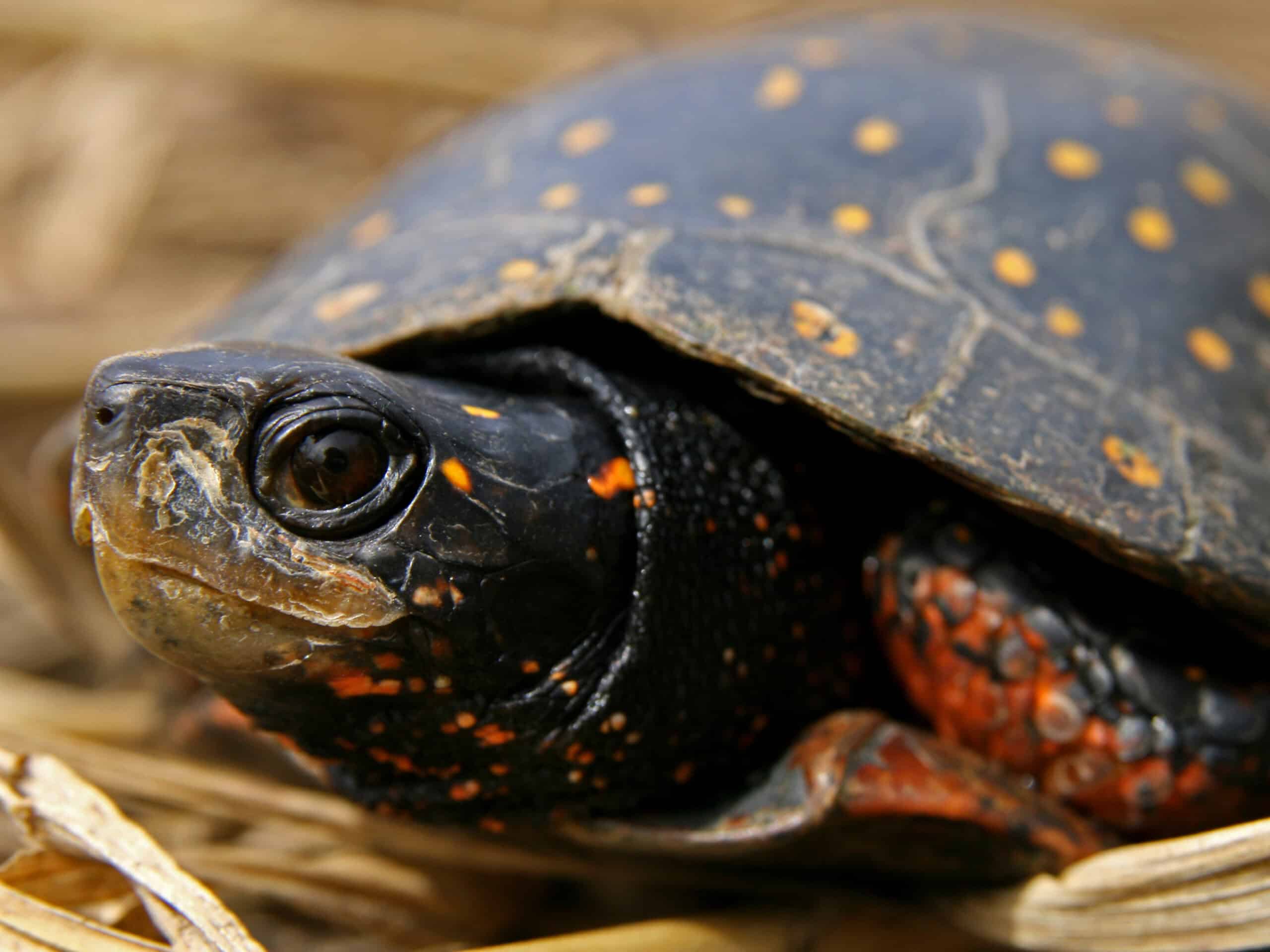
The Spotted Turtle has distinctive yellow spots on its black shell, which increase in number as it ages. It lives in wetlands across eastern North America, including marshes, swamps, and ponds. This small turtle is semi-aquatic and enjoys basking in the sun on logs or rocks. It eats aquatic vegetation, insects, worms, and small fish. The turtle is active during spring and early summer, often seen moving between water bodies. It’s threatened by habitat loss, road mortality, and pollution.
Black Sea Turtle (Chelonia mydas agassizii)
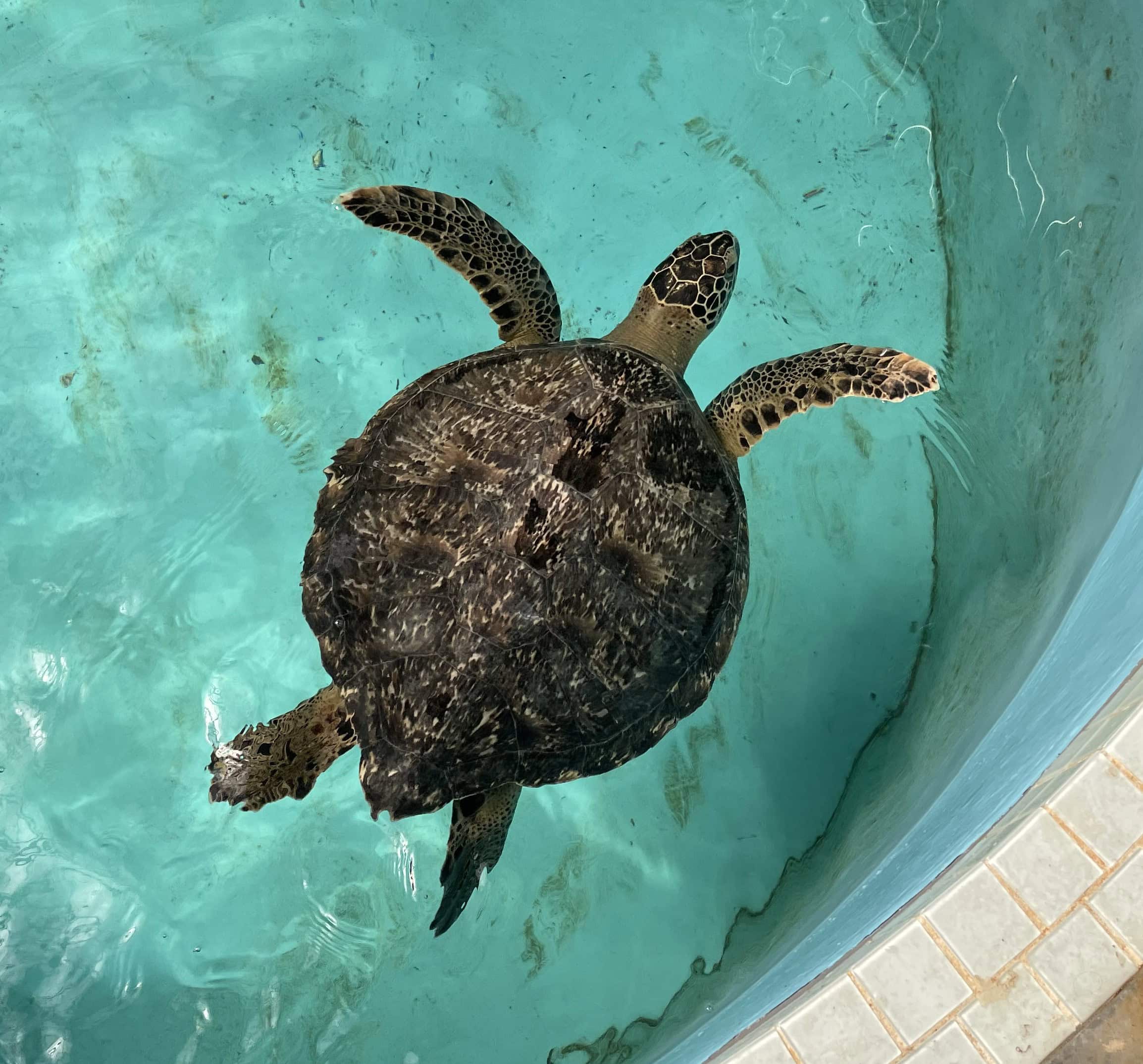
The Black Sea Turtle is a unique subspecies of the Green Sea Turtle. Found mainly in the Eastern Pacific, it has adapted to cooler waters. Its name comes from its darker coloration compared to other Green Sea Turtles. This turtle can grow up to 4 feet long and weigh up to 400 pounds. They primarily feed on algae and seagrasses. Unlike other Green Sea Turtles, the Black Sea Turtle has a shorter, more oval-shaped carapace. Their nesting sites are mainly located along the coasts of Mexico and the Galapagos Islands. Threats include poaching and habitat destruction. These turtles are listed as endangered.
Painted Turtle (Chrysemys picta)
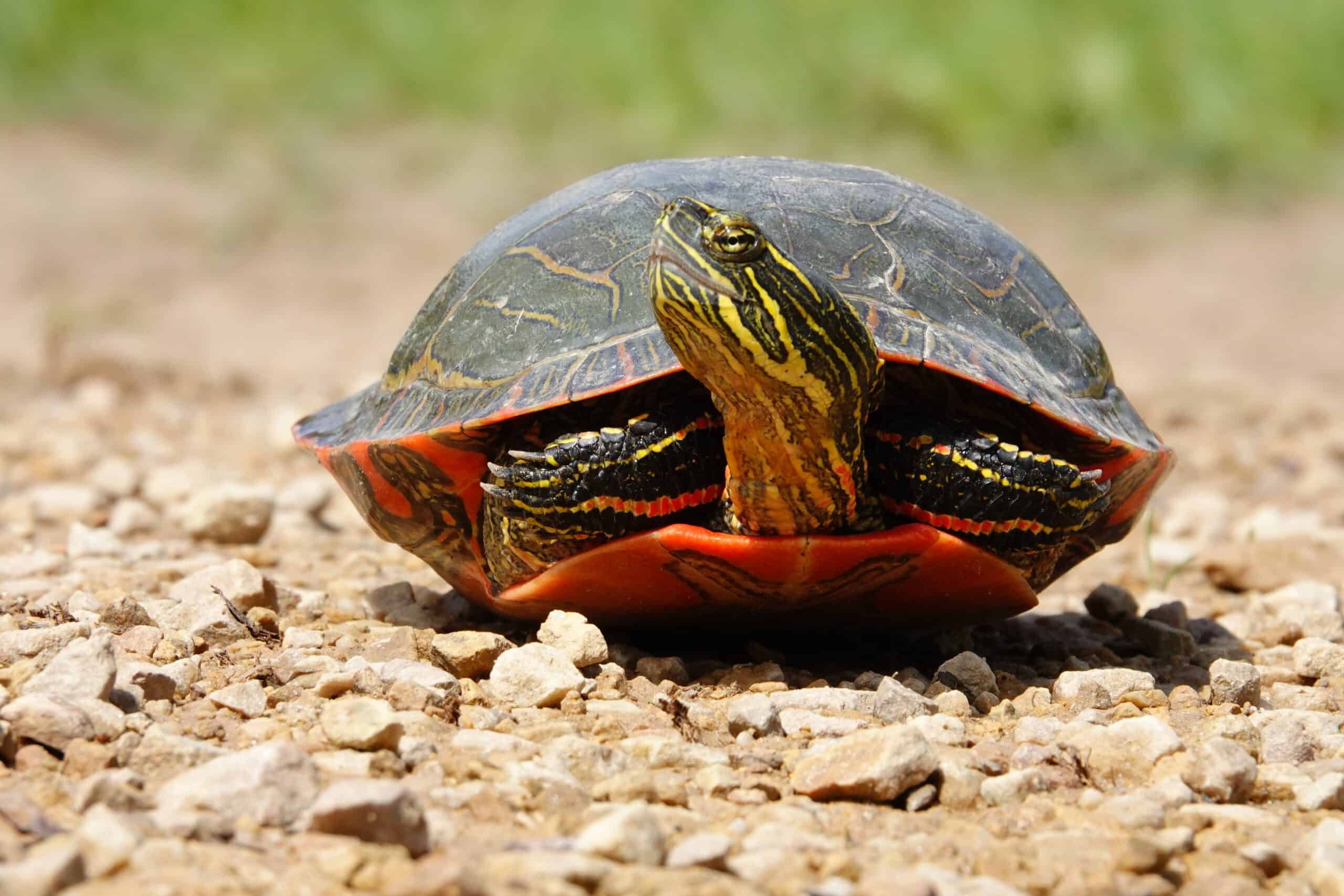
The Painted Turtle is widely distributed in North America, from southern Canada to northern Mexico. Its colorful shell has red and yellow markings along the edges, and its smooth carapace is typically dark green or black. It thrives in ponds, lakes, and slow-moving rivers with soft bottoms and abundant aquatic vegetation. Its diet includes aquatic plants, insects, small fish, and carrion. The Painted Turtle hibernates during winter, burying itself in mud at the bottom of water bodies. It’s active in warm months, often seen basking on logs or rocks.
This article originally appeared on Rarest.org.
More from Rarest.org
1986 Washington Quarter Value Guide
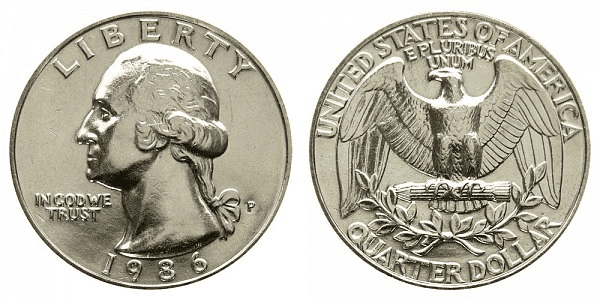
Beginning in 1968, the copper core and 8.33% nickel coating of the Washington Quarters took the role of the silver component. Read More.
1989 Jefferson Nickel Value Guide
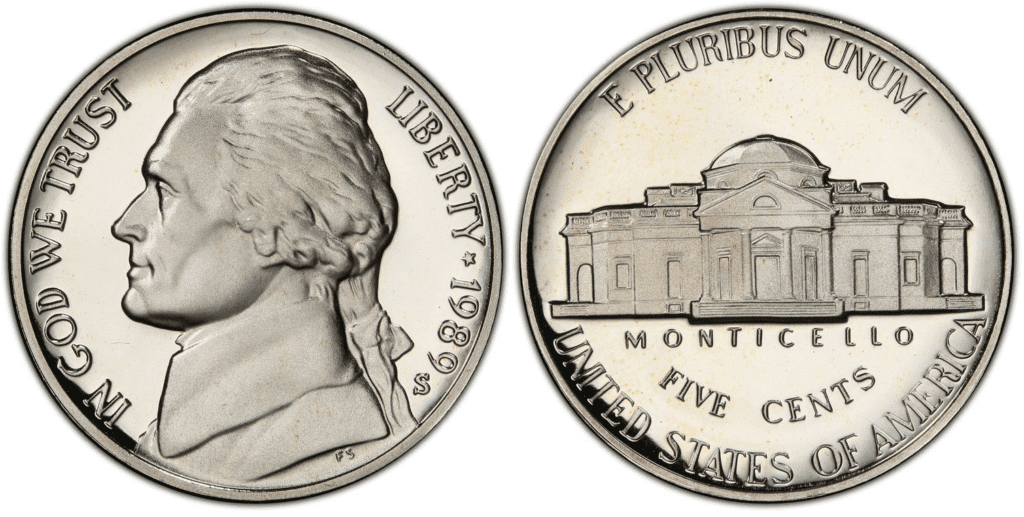
The 1989 Jefferson nickel is made of 25% nickel and 75% copper. However, from mid-1942 to 1945, war nickels were produced, which are made of 56% copper, 35% silver, and 9% manganese. Read More.
1992 Kennedy Half Dollar Value Guide
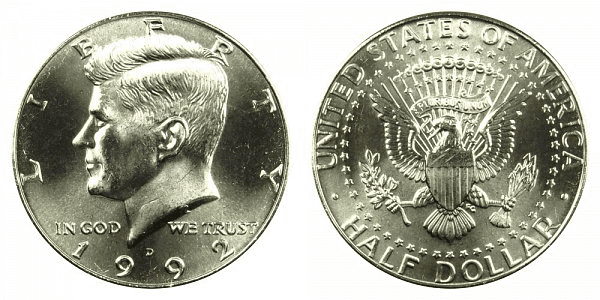
The standard-struck 1992 Kennedy half-dollar is made of 75% pure copper core and 25% clad nickel. In 1992, the United States Mint also created silver-proof coins. Read More.
